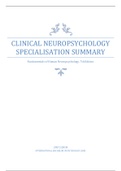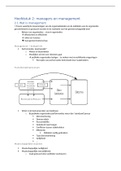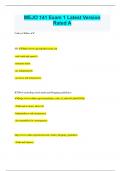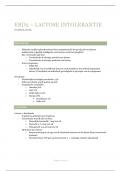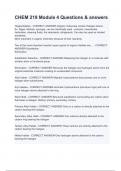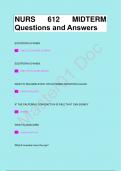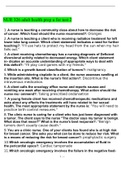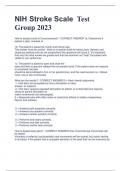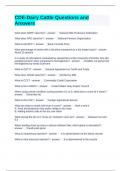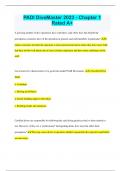Samenvatting
Clinical Neuropsychology Literature Summary
- Instelling
- Universiteit Leiden (UL)
Struggling to get everything done in time? Book too big? Or just want to stimulate your learning to allow you really remember those facts? This summary could be the answer! Covering all literature necessary. Happy Reading!
[Meer zien]
